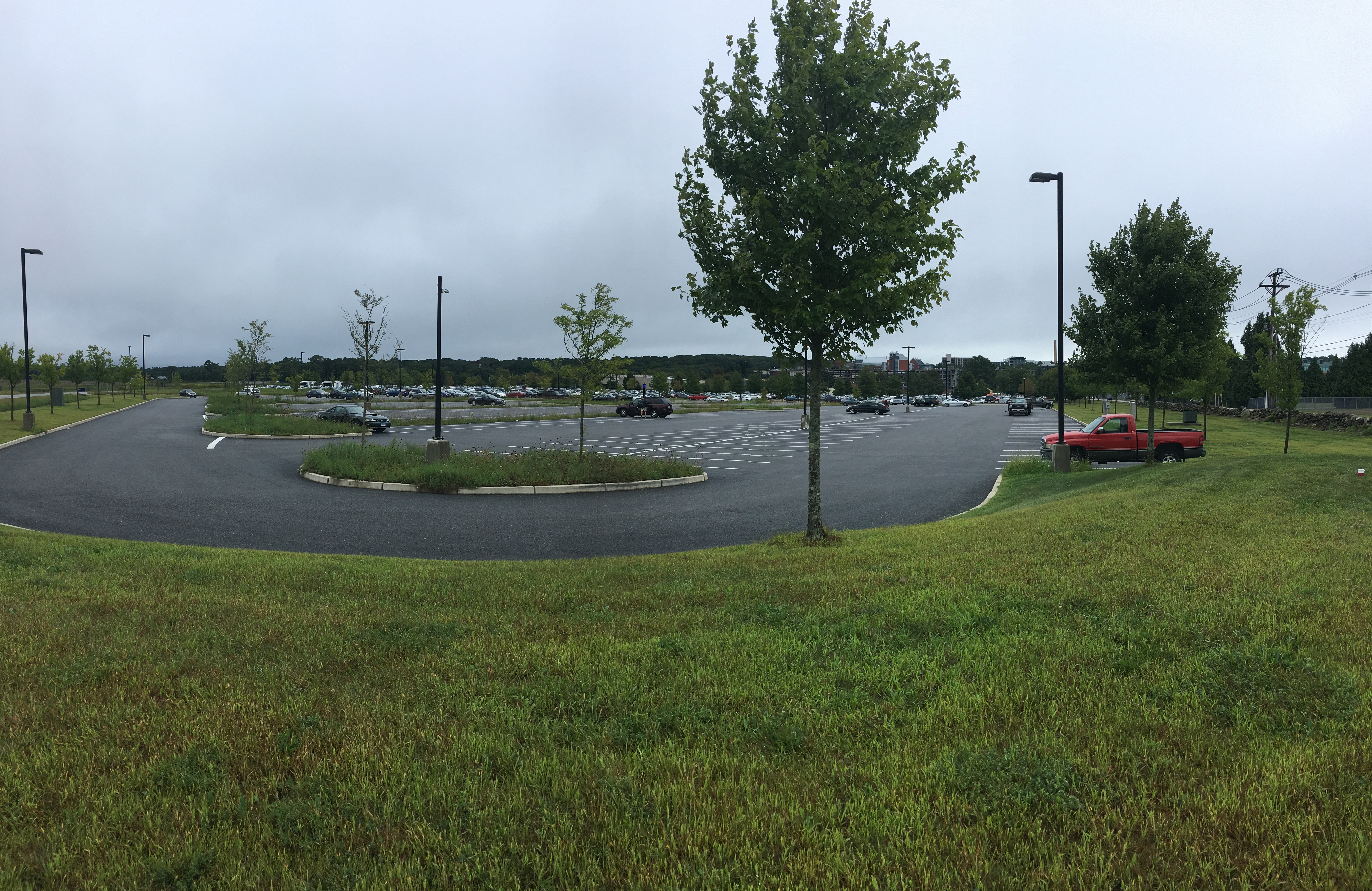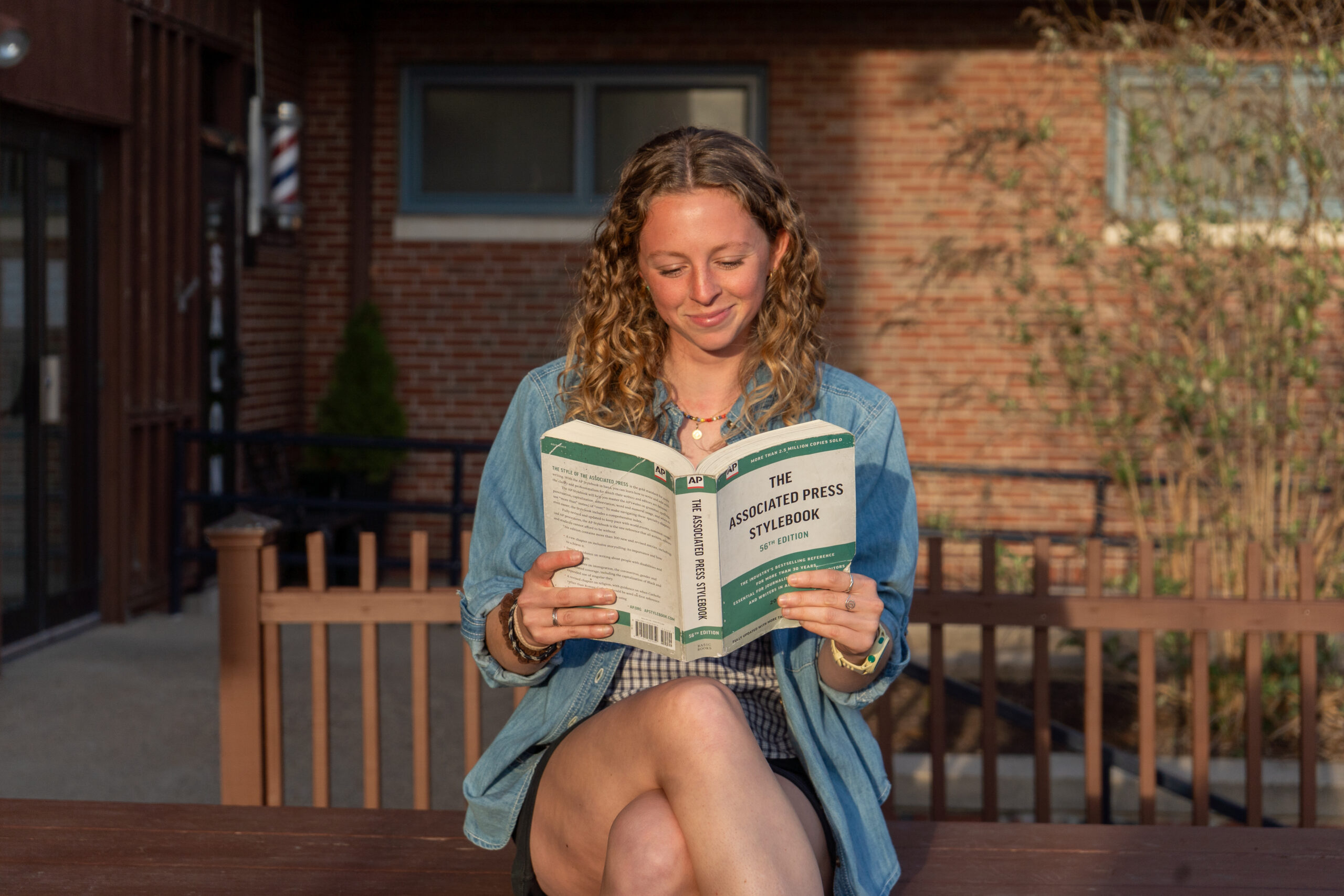A student parking lot at peak utilization (10 am). Photo by Andy Boardman
URI commuters hate parking. As the Cigar has frequently chronicled, students are discontent with nearly every aspect of finding spots to leave their cars on campus. And why wouldn’t they be? Parking is poorly managed—students daily overcrowd lots at the top of campus, often parking illegally to avoid parking in the rarely-full Plains Road lot. What’s more, upperclassmen have little meaningful choice about whether to commute or live near campus.
But there is no parking shortage—campus has plenty of spaces. What the situation lacks is a way for students to express their preference for finding a conveniently-located spot. Meanwhile, a dearth of housing in the area leaves most students dependent on cars to travel between class and home. While university administration has wisely resisted building new parking lots, its management of existing parking leaves much to be desired.
To solve students’ parking woes, the university should price parking lots to reflect demand in real-time and work to increase student housing supply. URI could consider the following approach to ensure efficient and conservatory use of parking and land:
- Charge students for the true cost of parking. The cost of parking should be assessed dynamically on a per-use basis rather than in lump sum at the start of the semester. Dynamic pricing, or raising prices in high-demand parking lots during peak hours and lowering prices during off-hours and in low-demand lots, could likely be implemented by scanning the university’s existing license plate-based parking passes with gantries at lot entrances. This would allow URI to free up spaces by discouraging students from leaving cars in high-demand areas all day while giving a break to students who opt to park in lower-demand areas like the Plains Road lot. The cost to a student on average will not necessarily be higher than the current cost of a parking pass; instead, costs will be lower at some times in some lots and higher at others.
- Build more housing. To get serious about managing parking more efficiently, URI must acknowledge that students ought to have the choice to forgo driving and live affordably near campus. Thousands of students live down the line in Narragansett and Wakefield, while URI’s campus is surrounded by land zoned for single-family houses. Even if they wanted to, most students currently cannot live within walking or biking distance of campus. By working with town government and the surrounding community to encourage more development of affordable student-oriented housing and amenities, URI can further lessen student dependency on cars and ease pressure on parking and traffic.
Andy Boardman
Andy Boardman is a senior studying economics at URI, where he has been a commuter student for three years.




